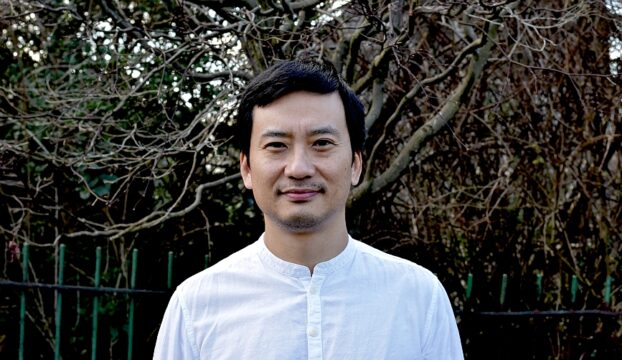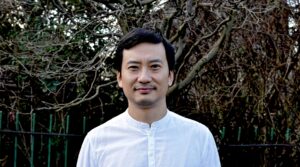
“When I was growing up in Kohima, Nagaland, in Northeast India, I heard stories about Rani (queen) Gaidinliu, a woman who lived nearby. People said that she was powerful, a prophet, and a leader.” So speaks Arkotong Longkumer, Professor of Anthropology and Modern Asia, of childhood memories of Gaidinliu (1915-1993), a Naga resistance leader arrested by the British as a teenager in the 1930s. From 2022-26, Prof. Longkumer is leading a major research grant from the Arts and Humanities Research Council to explore a collection of Gaidinliu’s possessions (and some belonging to her close associate, Haipou Jadonang) held in the Pitt Rivers Museum at the University of Oxford. He is supported by a postdoctoral fellow Dr. Gaurav Rajkhowa and co-investigator Prof. Clare Harris (Oxford).

Photo: Tarun Bhartiya
“She was accused of threatening the British Raj because she tried to reform and revitalise the traditions and religion of her people. The British were suspicious of her, so she was pursued and arrested. Twenty seven personal items are in the Collection in Oxford. There are 12 notebooks, 1 stick with a monkey skull and ginger, 3 short wooden clubs, 1 basket, 2 spiral bracelets, 1 spiked bracelet, 7 shawls. We’re digitising that collection and showing it to people in the community that she came from and beyond. We started with the physical originals in Oxford and made 3D photogrammetry and photographs for community-curated exhibitions and interactions in the Naga homelands (Nagaland, Assam and Manipur), especially among the Zeliangrong Nagas. Her immediate family and various communities hadn’t seen those objects for 80 years. How do they connect with people in the Naga homelands today in memories and practices?
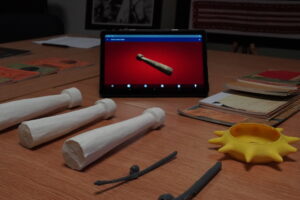
Photo: Gaurav Rajkhowa
“In order to consolidate all that we have learnt from the communities over the last 4 years, we’re running a 1-year exhibition at the Pitt Rivers Museum starting in October 2026 and creating a digital museum to enable indigenous communities to access the collection. The exhibition focuses on what the collection tells us about Gaidinliu’s life, what people remember of her, and what kind of practices associated with the objects are still alive. I want the Naga people to learn more about this period of history. I hope that people in the UK will learn about this indigenous resistance, led by a 16-year-old girl, and appreciate the diversity of voices within colonial struggles. Working on such a powerful story, and with a complex group of stakeholders, has been humbling. Everyone brings something to the table. It’s a group endeavour, not an individual project.”
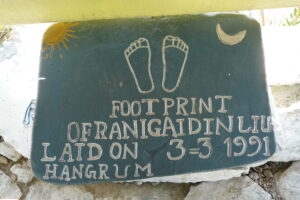
Photo: Gaurav Rajkhowa
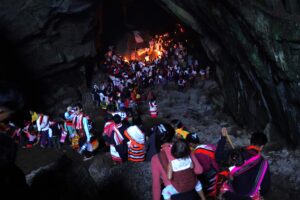
Photo: Gaurav Rajkhowa
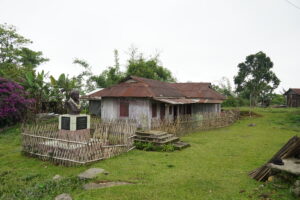
Photo: Gaurav Rajkhowa


